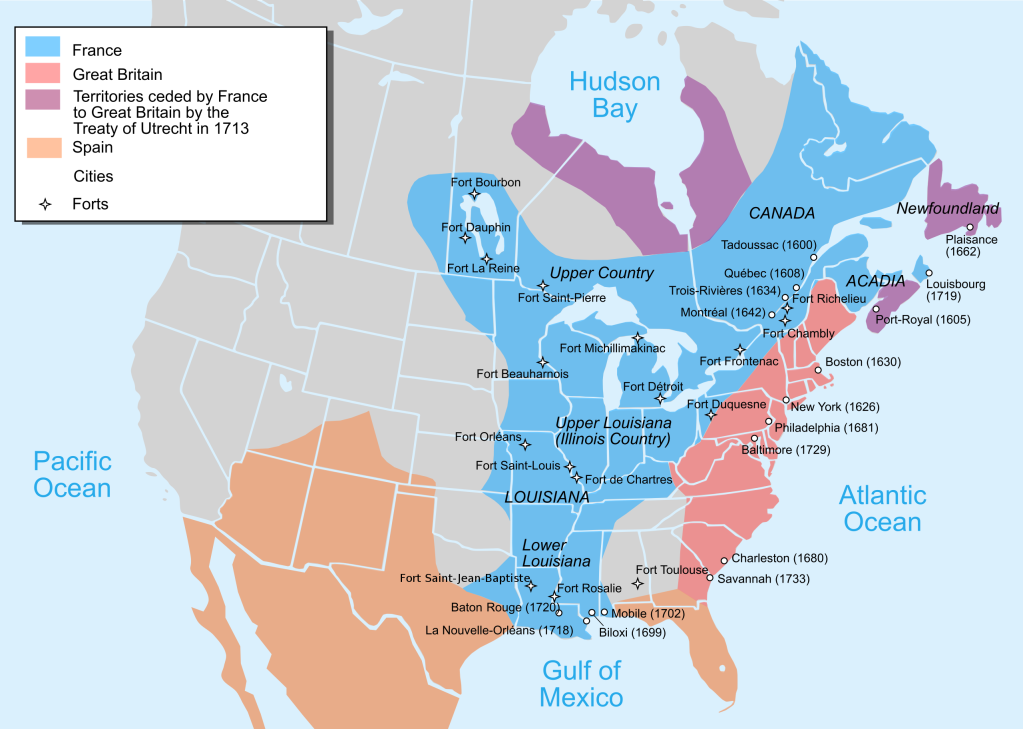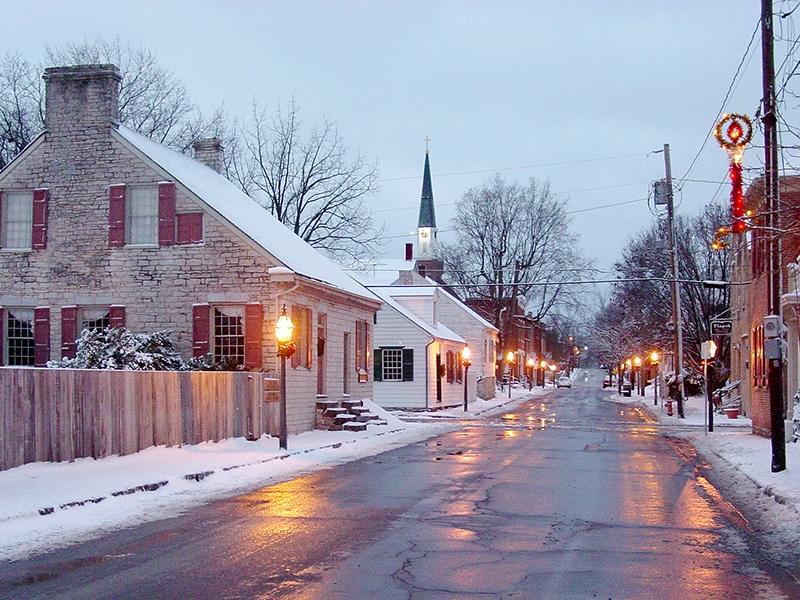French soldiers, explorers, and fur traders established settlements in North America as early as the 1500s. The vast territories of “New France” spanned a large portion of eastern North America, from what is now Canada south to the Gulf of Mexico.

Among the earliest French settlements in the so-called Illinois Country was the village of Ste. Geneviève, founded by French Canadians in 1750. These hardy immigrants were drawn by the rich soils deposited by the nearby Mississippi River and by minerals and other natural resources the region offered. Naturally they brought their Old World culture, religion, laws, architecture, and language with them. But it wasn’t long before they adopted new habits, customs, and even words that fit their new lives in the New World.
In fact, the residents of Ste. Geneviève created what historians call a French Creole cultural zone in the middle Mississippi Valley. The influences of European immigrants, Native Americans, and free and enslaved Blacks combined to create customs that were unique in terms of law, religion, clothing, use of the land, architecture, personal philosophy, and slave law. This regional culture was unlike anything else in what is now the United States, and substantially different from its parent cultures in Canada and France.

The Creoles of Ste. Geneviève (a term used to describe a French, Spanish or African person born in America) lived in tight-knit communities along the river rather than on isolated farmsteads as most Anglos did. Their agricultural system evoked that of northern France, in which the residents grazed and farmed on common lands just outside the village.
Creoles also dressed differently than Anglos and seem to have been influenced by the local indigenous people. An 1811 traveler recalled that “Men wore a blanket coat of coarse cloth or coating, with a cape behind, which could be drawn over the head…They wore a blue handkerchief on their heads; but no hats, or shoes, or stockings; moccasins, or the Indian sandals, were used by both sexes.” And despite their shared Christian religion, Creoles apparently scandalized their Anglo neighbors on Sundays. After church they held auctions, conducted business, danced, and bet on cards and horse racing.


Then there was the Creoles’ language. Though most settlers in Ste. Geneviève were of French ancestry, it didn’t take long for them to adopt new words, phrases, and pronunciations. Naturally, the New World presented new influences on the immigrants. Unfamiliar animals and plants needed names, tools and objects long used by Indigenous peoples needed descriptions, as did new patterns of commerce and trade. In many cases they adopted or adapted words from African or Native American languages to fill these descriptive gaps.
Some of these terms seem quaint to modern ears: bete puante (literally, stinking beast, i.e. skunk; bete rouge (red beast, i.e. chigger); and chat sauvage (wildcat, i.e. raccoon). Other Creole words have been absorbed into the modern English language: bayou (from an Indian word for a body of water cut off from a river); butte (for a hill); and cache (for a place to store or hide goods).

For an in-depth immersion in early French colonial life, a trip to Ste. Geneviève, Missouri, is a must. As one of America’s oldest permanent European settlements, the proud little community offers a mixture of fascinating history and modern charm. And don’t miss the guided tours of its unique historic buildings offered by the rangers at Ste. Geneviève National Historical Park.
ça vaut le détour!
*Featured Image Credit: capitol mural of early Ste. Genevieve by Oscar Berninghaus- State Historical Society of Missouri

